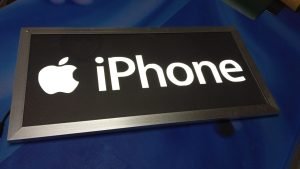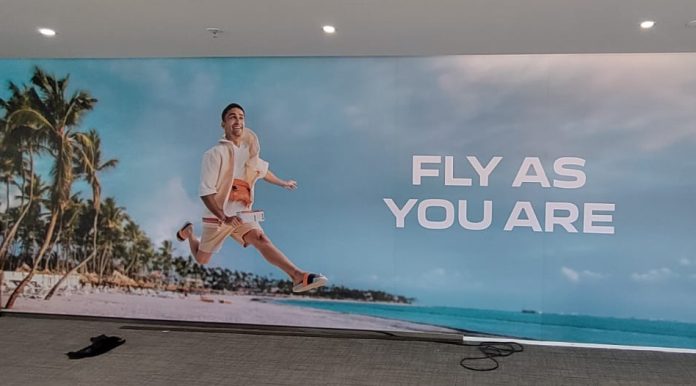Signtec, a Badarpur-based provider of printed signage, recently installed Mimaki’s UCJV300 5-feet roll-to-roll signage printer at its plant. The company, which provides outdoor and indoor signage commodities and printed wallpapers to mostly the northern markets with some customers from different parts of the country, plans to expand its production capacity and market reach by installing another Mimaki machine, a UJV55 10-feet roll-to-roll printer. Air India Express is a frequent customer of the company established in 2014.

Situated on the route from Delhi’s Tughlakabad metro station to the nearby railway station, the neighborhood surrounding the plant is often bustling with commuters and students from a school right across the road. As one approaches the plant, huge print-outs of IPL-themed advertising welcome you.
Director Akhilesh Pal, who has a background in graphic designing and printing, told Indian Printer and Publisher during our visit that after working for 15 years for others, he decided to become his own boss.
Pal said Signtec has a continuously expanding array of customers, “Our products are demanded by brands such as American Tourister, Samsung, Lenskart, Oppo, Vivo, and several corporate clients either directly or via a third party. The business has a good scope of growing further as there seems to be no end to campaign-based advertising.”

We asked him about the coming of digital and 3D signage and if it would impact the printing landscape. “I’ve been hearing that the market will slow down for a decade now, and so far there is no evidence of these claims. Digital and 3D will be among the most beautiful changes we will see but the question remains, how many can afford it.”
According to Pal, India is witnessing a wave of entrepreneurs. With the Shark Tank India show, many business owners are taking scaling and marketing seriously. This rise in startups, he feels, will utilize printed signage as it is cost-effective and in many cases reusable. Not just corporate businesses, several NGOs, health campaigns, and awareness campaigns too prefer printed signage.

Pal said that the first two years of his business were not easy for him. “I thought the business would sink as we weren’t getting many orders. In 2016, we installed an HP Latex machine, which solved a majority of our problems. However, water-based inks pose their own set of challenges due to slow drying. The products need to be handled with care. With UV-based inks and curing technology from Mimaki, our production got quicker.”
He says UV technology is far superior compared to latex, especially for fabric-based production. Water-based inks, he explains, could take a lot of time to dry post-print. The problem grows during the rainy season as the weather tends to be very humid. “UV-curing is a more sustainable approach for fabric-based production, which constitutes a majority of Signtec’s production. Apart from UV and latex technologies, the signage printer also has adopted eco-solvent technologies. “Sustainability is the only way forward,” he says.
















